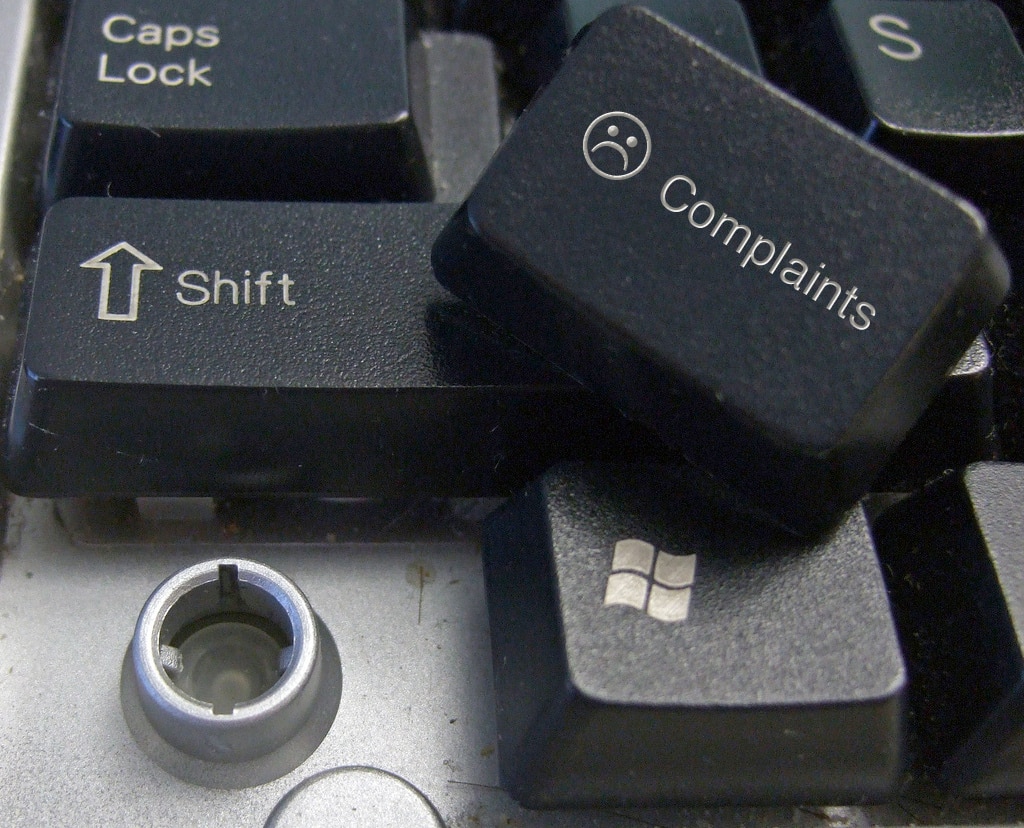Nearly everyone these days is clamoring for social media marketing services. Savvy business owners are looking to social media marketing for more website traffic, increased brand recognition and loyalty, and myriad other benefits.
But what about online reputation management? That’s one part of social media marketing that sometimes gets lost among the other benefits, which are often perceived as being more lucrative. How could you possibly know what everyone’s saying about your company in the far-reaching corners of the Internet? What does it even matter? Well, it matters plenty. One disgruntled customer can now be heard far and wide, often negating the effects of all the money you’ve spent on your social media marketing campaign.
Unsatisfied consumers won’t hesitate to log onto sites like Yelp, Angie’s List, and Google Maps, and write a negative review. If particularly vitriolic, one review can unspool the five positive reviews of your company posted directly above it. It might not be fair – that bad experience might have been the result of a bad-apple employee that has since been let go – but that review is there.
People visit these sites because they are particularly concerned with quality of product and experience. They’ve got a little bit of a watchdog complex in them. So when customers get on there and complain, they’re doing so to the most attentive audience possible.
What does this mean? You’ve got to fight for your reputation. And you need to be proactive about it. Start a customer loyalty campaign that encourages recent clients to post positive reviews, or at least search for and respond (appropriately) to any negative reviews posted. These responses can be vital, because it gives readers a chance to see that your company cares enough to respond to consumer complaints.
So if you haven’t started already, I highly recommend getting out there and claiming your company’s reputation and identity. That way, any negative review that finds itself posted will have less steam because your company will already be established as a clean, fair, and caring company.

